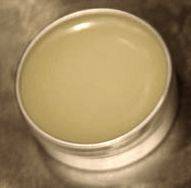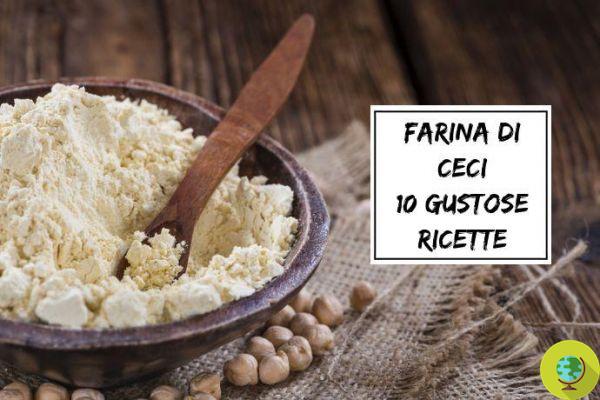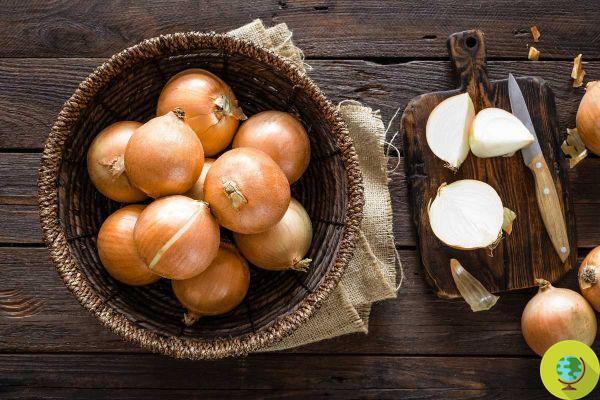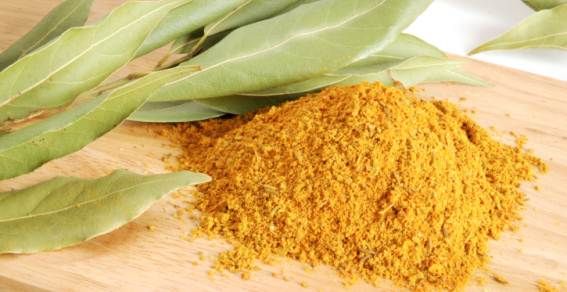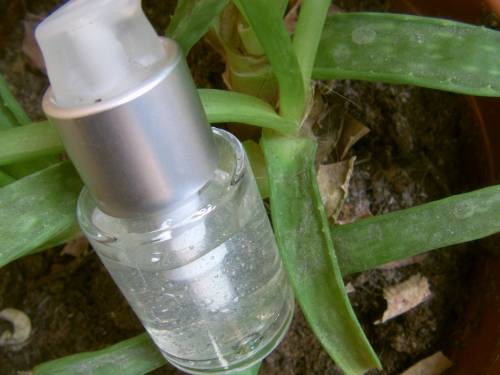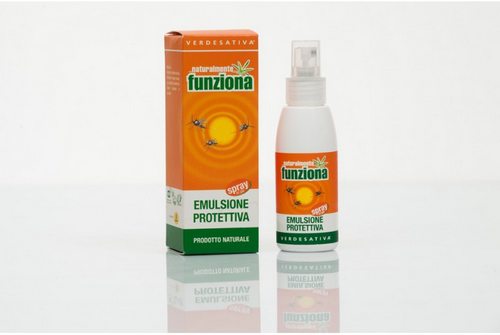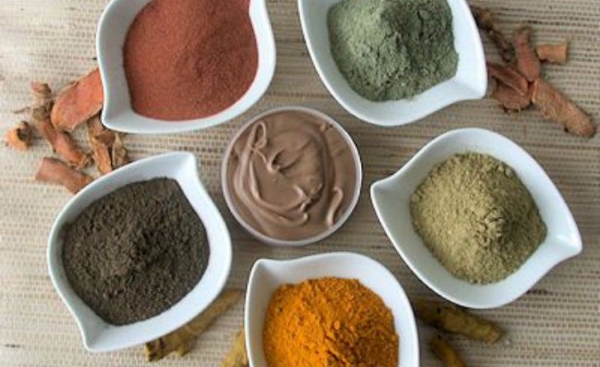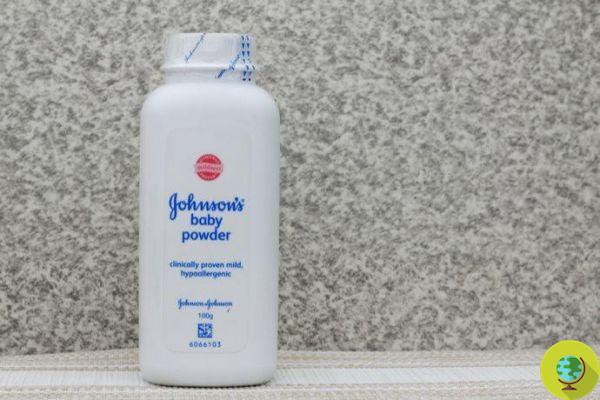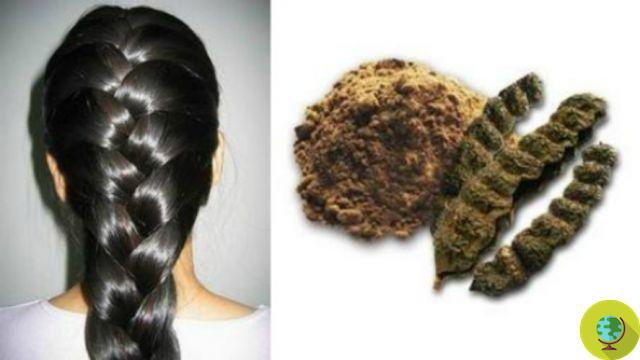The nagar motha is a perennial plant, belonging to the Cyperaceae genus, which grows spontaneously in tropical, subtropical and temperate climates. Originally from India, here it grows spontaneously and reproduces very quickly especially in wetlands, so much so that it is considered by farmers as a real weed. But nagar motha is above all a medicinal plant, from which rhizome is obtained a powder rich in tannins, antioxidant and antifungal substances capable of bringing significant benefits to both the skin of the face and the hair.
La nagar more is a perennial plant, belonging to the Cyperaceae genus, which grows spontaneously in tropical, subtropical and temperate climates. Originally from India, here it grows spontaneously and reproduces very quickly especially in wetlands, so much so that it is considered by farmers as a real weed grass. But the nagar more it is above all one officinal plant, from which rhizome a very rich powder is obtained in tannins, antioxidant and antifungal substances capable of bringing significant benefits to both the skin of the face and hair.
Index
property of NAGAR MOTHA
Widely used in Chinese, Arabic and folk medicine Ayurvedic, the nagar motha has many names: in Sanskrit it is called "Musta" or "Mustak", in Chinese "Shacao", in Arabic it is called "Soad" or "Soadekufi", in English "Nut grass".
In the Inci, however, we find it always and only under the botanical name of Cyperus Rotundus. It has a characteristic brownish color and a very intense and spicy aroma, similar to incense. If applied to the face, in the form of a mask for about 15 minutes, it purifies it from imperfections, making the skin smoother and more compact, reducing blemishes and illuminating the complexion. Self applied to the hair, manages to reflect them or delicately color them brown, as well as exerting considerable benefits on the hair.
Schematic, on the hair the nagar motha has properties:
• adaptogens
• volumizing
• polishes
• reinforcing
• conditioning
• softeners
• cleaners
• purifying
What does it mean adaptogenic property? It means that the nagar motha has the extraordinary peculiarity of adapt perfectly to the characteristics of our scalp, restoring its physiological condition, through the inhibition of the activity of the sebaceous glands in the event that there is an excessive production of fat, or, on the contrary, by stimulating its action where this is insufficient. The peculiarity of being an adaptogenic plant is really what distinguishes the nagar motha from the others herbs, dry cleaners and not. Generally, in fact, Ayurvedic powders perform a sebum-regulating function, in the sense that they are able to reduce the excess in the production of sebum by the related glands of the scalp, but are unable to intervene if the opposite eventuality occurs. or if the aforementioned glands work little, causing dryness of the skin and consequently of the hair itself.
As mentioned, the nagar motha succeeds in to reflect brown hair or, in the case of fair hair, a color them this shade. However, its coloring power is rather bland, since, similarly to walnut husk, nagar motha contains a reflecting pigment and not fully dyeing.
READ also: Walnut husk: natural brown highlights for hair
HOW TO USE IT ON THE HAIR
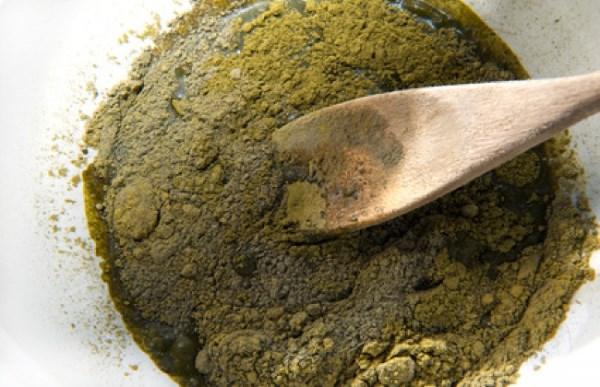
Through repeated applications over time, the nagar motha manages to darken especially light hair, until it is colored with a pleasant brown / hazelnut shade. Simply dissolve the dyeing powder in hot water to form one creamy batter, homogeneous and uniform, of the same consistency as yogurt. L'pack should be applied to the hair, indifferently dry or wet, as long as they are clean, to allow the optimal action of the coloring pigment. It is also advisable to avoid using metal objects and utensils, in order not to alter the properties of the powder.
After about 15 minutes, you can proceed with the application. The batter should be distributed over the entire length of the hair, from roots to ends. At the end, the hair must be covered with a cap or with transparent film, in order to maintain the humidity of the pack and preserve its dyeing power. This operation is very important, since if it dries up, the batter would stop coloring.
La tint should be kept on for 20 to 90 minutes, depending on the desired color intensity. At the end it is recommended to carry out the acid rinse, which has the purpose of closing the scales of the hair, polishing it and fixing the color in the best possible way. An acidic substance is added, such as vinegar or lemon juice with the last rinse water, lightly massage the hair and then proceed with normal drying.
Cassia is a big nagar
If we have light hair and do not want to darken it excessively, we can dilute the dyeing capacity of nagar motha in a mixture with cassia, a non-dyeing herb with an extraordinary restructuring and regenerating power. In this way we will be able to use the coloring power of nagar motha, also benefiting from all its properties, first of all its adaptogenic action, in combination with the exceptional benefits of cassia.
Read also Cassia: the neutral henna that lightens and strengthens the hair
Nagar motha and white hair (Henna)
On a medium brown basis, the nagar motha is capable of releasing hazelnut / coffee reflections, reviving our natural nuances, while on very dark hair this herb acts very little. In any case, the tint conferred by this powder tends to download quickly. Inoltre, the nagar motha can't cover white hair, as it releases a color on them that will turn to dull gray tones that will tend to fade within a few washes. For these reasons, as in the case of others dyeing herbs, it is advisable to use it in synergy with other powders in order to guarantee its dyeing effectiveness and prolong it over time. Especially where there is a need for coverage of gray hair, nagar motha must be used in combination with henna.
In fact, henna is the only dyeing herb capable of covering white hair permanently, since its molecule, lawsone, is the only molecule able to bind stably to the keratin of the hair, layering on the shaft.
Read also Henna: everything you need to know to dye your hair
If added to the lawsoniamoreover, the nagar motha is able to dampen the red and copper reflections. Finally, the mixture of henna and nagar motha will guarantee a more effective and longer lasting dyeing effect, as the lawsone will act as a mordant for the action of the nagar motha on the hair. But in this case the reflections obtained and the final coloring, including white hair, will turn to a shade of red, perhaps cold, but still red. As mentioned, the nagar motha contains only a reflecting pigment, which is not able to darken the red of the henna until it turns it into brown.
Coverage of whites and Katam and Indigo brown color
If there is a need to cover white hair and at the same time want to obtain a brown color, it is necessary to add a darkening herb, such as katam or indigo, to the dyeing compound.
Read also Katam: the “black henna” that darkens hair naturally
In this way we will be able to turn the lawsonia towards brown / hazelnut shades. By itself, as mentioned, the nagar motha can only reflect the hair, but it is not able to release a brown coloring pigment. In the presence of molecules of lawsonia, a herb with a strong dyeing power, the nagar only manages to counteract its action, turning off the orange and copper shades, but is not able to turn the color towards brown / brown tones. To achieve this effect, a darkening dye herb must be added to the mixture, namely katam or indigo.
Read also Indigo: the natural black-blue hair dye
In this case, the lawsonia will guarantee the complete and lasting coverage of white hair, also acting as a vector for the other herbs, the brown color will be released by katam or indigo, while the nagar motha will accentuate the hazelnut reflections,
at the same time giving greater body and depth to the final color.
By way of example, on a medium brown base, a good mix could consist of 40% darkening herb, 30% henna and 30% nagar motha. Obviously, these are purely indicative percentages, which can and must change according to the different cases. The result obtained will vary according to a series of factors, including the base color, the porosity of the hair and the percentage of whites. In this specific case, for example, you can increase the amount of henna in the presence of a significant percentage of white hair, or, if you want a clearer effect, you can decrease the percentage of darkening herb, or maybe you can dilute the overall dyeing power of the mixture by adding a small percentage of cassia.
The important thing is that the quantity of darkening powder is in any case higher than the percentage of nagar motha, since it is respectively the katam or the indigo that give the brown color. The nagar motha only succeeds in dampening the henna reflections and accentuating the hazelnut nuances of the final shade, as well as performing a very important adaptogenic function. In any case, in order to avoid unwanted colors, before applying any dye or mixture, it is advisable to follow the golden rule of dyeing herbs, which consists in performing a preliminary test on a hidden lock of hair, for example behind the neck.
In the context of natural dyes, it is of fundamental importance know the individual characteristics of the different herbs and not immediately aim for an exact result. You have to be patient and desire to experiment. The universe of dyeing herbs is governed by logics that are absolutely not comparable to those that regulate chemical dyes. An adequate knowledge of the characteristics of the individual herbs, supported by a good experience in the field will allow us to better master this world and to move within it with extreme familiarity. If we know how to wait, without getting discouraged after the first application, if we manage to make the most of the results that do not exactly conform to our expectations, our hair will benefit greatly. We will have naturally soft, voluminous, shiny and silky hair, with a never flat color, but multiform and rich in different shades, wonderfully original and simply unique.
Angela Petrella








